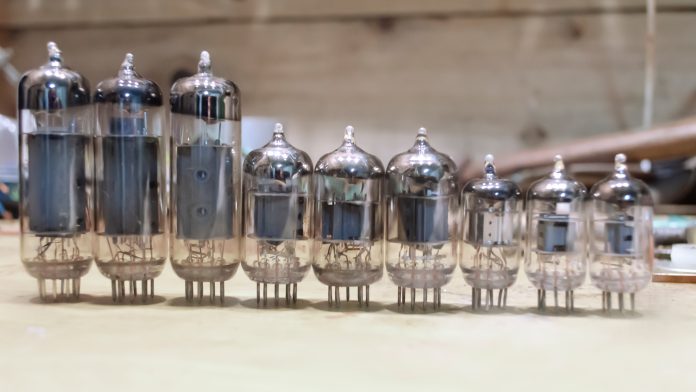Bram Nauta, president of the IEEE Solid-State Circuits Society, explains how microchips have changed the world and why we need more women in circuits.
The IEEE (Institute of Electrical and Electronics Engineers) Solid-State Circuits Society (SSCS) focuses on fabricated integrated circuit designs (in contrast to simulated circuits and analysed models) for all applications using relevant materials and interconnections.
The mission of the SSCS, is to serve their members through education, communication, recognition, leadership opportunities, and networking, whilst also meeting their vision of fostering innovation and excellence in solid-state circuits for the benefit of humanity
Innovation News Network speaks to SSCS president Bram Nauta about some of the latest developments in solid-state circuits, and the importance of getting more women into circuits.
To begin, can you tell us about what solid-state circuits are, and more specifically, what fabricated circuit designs are?
Solid state circuits are microchips. In the 1950s, electronics were built with vacuum glass tubes. However, after this microchips were made and were called ‘solid state’ because it is not liquid or gas, it is a solid state. This is a form of micro-electronics, which are everywhere today; in your phone, TV, car. You cannot buy anything without microchips anymore.
How can they be used for different applications using relevant materials and interconnections?
Everything that is doing something electronically, anything connected to internet or communication is always working with microchips inside, otherwise it could never work. For instance, if you were to make a smartphone of today with those old school vacuum tubes, the phone would be around 1000 times bigger than the Eiffel Tower. It would be ridiculous; you would need a few nuclear power plants to supply energy. Our world today does not exist without microchips.
What are some of the latest developments in solid-state circuits? How far has research come in this area over the past five to 10 years?
One of the latest developments is the very high speed wireless communication that we have today in our pockets. The Apple iPhone was introduced in 2007 which is only 12 years ago, and by then nobody had heard of Facebook or twitter etc. Now, it is a part of everybody’s day to day life; the world has completely changed in the past five to 10 years because of the microchip. In addition to this, the forecast is that they will continue to develop – there will be even more things being connected. For example, we’re now working on connecting plants to the internet so that they can tell you if they need water or not. It may sound ridiculous, but Facebook sounded ridiculous 10 years ago.
What is the work and role of SSCS?
The SSCS is a part of IEEE, which is world federation of electrical engineers. SSCS is a group of people who are members of the IEEE who are working on those microchips and we have around 10,000 members. There are, of course, much more people in the world working in this field but not everybody’s a member. When you are a member, you will have access to scientific publications that we publish. We have scientific journals, where people who have invented something new submit their papers. If you want to know what’s the latest state of the art then the IEEE, especially the journals, are really the place to go. We have a very important role in the dissemination of the latest knowledge.
What is the women in circuits committee? What is the current state of women in circuits, and why is it important to change this?
We have approximately 10% females and 90% males in this field, especially in the Western world. There are very few women entering the field. However, we believe that women can really do this type of work very well. I am a professor, and 5% of those that I teach are women. A lot of men fail, or they cannot finish their studies, whereas with women, they all seem to make it and they do really well. They may be afraid to start these complex materials, or they think that they could do something easier. However, the truth is, they do it really well.
The women in circuits committee organises things where women can be together, and also senior women give career advice to younger women. The aim is to make them feel at home because it is predominately men in this field. However, these events are also open to men – we discuss topics such as how can we stimulate more women into this field, and how can we stimulate them into feeling at home and being comfortable. The aim is to stimulate more females in the field, and this is done by both men and women to make this happen.
Bram Nauta
President
IEEE Solid-State Circuits Society
Tweet @SSCSociety
https://sscs.ieee.org/







